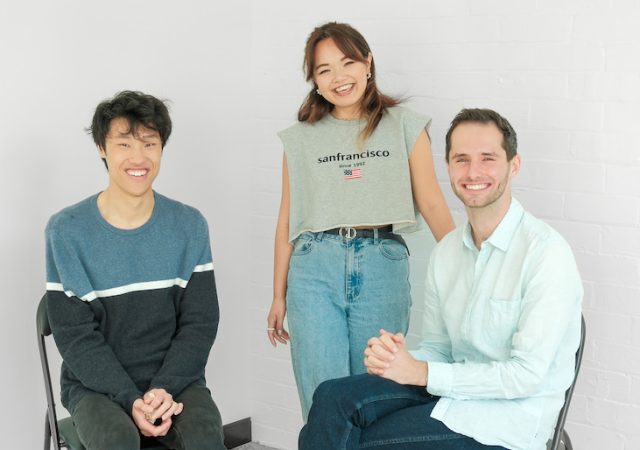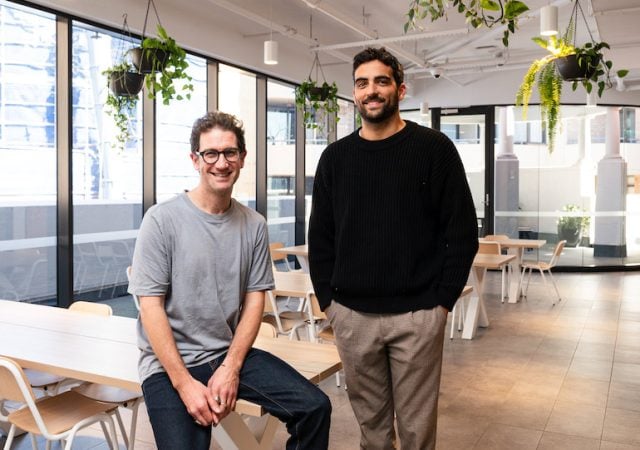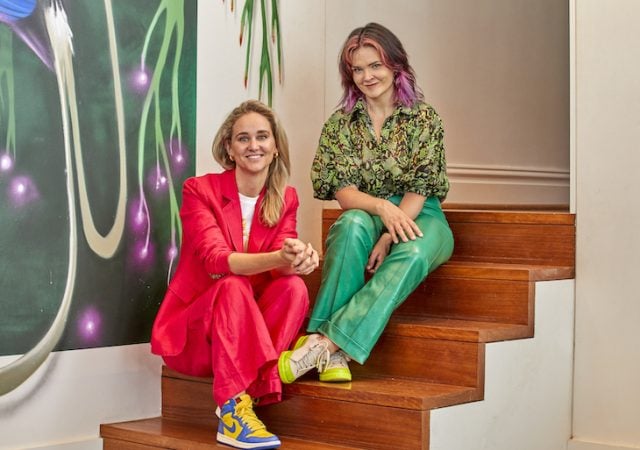The startup scene is unrelenting, with thousands of innovators and big thinkers competing for relevance and jostling for funding in an industry where competition is high and business life-expectancy is low.
In what is a volatile industry, there are two ways in which these businesses operate. The first approach is more orthodox, marked by the dogged pursuit of immediate growth at all costs. The second is a more unorthodox, slower, sustainable and methodical approach that focuses on both stability and long-term vision.
Unfortunately, most startups think short-term, looking for funding, looking to sell or looking to be acquired. For many companies, this model has worked; however, for every success story there are countless failures—businesses that have crumbled before fulfilling their potential or beginning to implement any long-term vision. There are many reasons why this happens, but one in particular in that the startup industry has been overwhelmed by pressure from external funders. It’s a particular problem for SaaS (software-as-a-service) startups.
The enterprise technology market is stuck in a bubble, unnaturally warped by immense investment and a ruthless, “winner takes all” mindset of venture capitalists hoping that the companies they fund can monopolise their markets, as quickly as possible. Under pressure to appease VCs and provide near-instant ROI, startups frantically look for the quickest way to repay the investment. Whatever their motivation was when they set-out, it can become lost; swamped by the overwhelming pressure.
As a result – with such big budgets invested and extreme external pressures to satisfy – they have little choice but to, for example, increase the price of their software. This is the start of a broken model. The customer, who is now faced with a choice of paying over-inflated prices, or missing out on the technology entirely, can’t win. As a technology industry, we must re-evaluate the most important people in our ecosystem and those who we initially set out to serve: The Customers.
Of course, VCs will be influential for a long time – and Australia is far from immune from its influence, with the industry here raking in $2.6bn. As VC investment continues to grow, SaaS prices are spiralling out of control – a trend that is starting to make technology unaffordable and inaccessible. That is a recipe for substantial concern.
We live in an age where businesses must digitise to survive. However, if businesses struggle to access and afford the very software that was designed to help them do so, the results can be terrifying. If too few can access this technology because VC-driven startups inflate their prices, then the SaaS pricing model is broken.
However, there is an alternative. An alternative where value is passed not to the investor, but the customer. When a startup is unburdened from the shadows of external investment, it can operate with the freedom that they must satisfy the customers, their customers. It’s an approach where companies can focus on developing innovative software with costs falling, not rising. Not only that, but it’s an alternative that sees startups prioritising the things that motivated them in the first place like, for example, creating an innovative, game-changing solution or empowering businesses.
Where VC investment is predicated on short-term gains at the expense of longevity, a startup who builds steadily for the long term has a competitive advantage. In a sector dominated by those wanting fast-fame and even faster money, patience is a virtue. In this story, the tortoise has a lot to teach the hare. When horizons are not set quarterly, but 10 years from now; companies can think, act and invest with freedom, and prioritise affordable prices that build customer loyalty. After all, long-term customer loyalty helps build revenue by more sustainable, natural means.
That’s why it’s time to re-evaluate the VC-fuelled, revenue-oriented bubble of Silicon Valley’s enterprise software; startups should instead consider focusing on a more sustainable approach for themselves, their customers and their vision. As an approach, it might not make headlines, and it’s a controversial statement to make in a boardroom, but too much focus on profit destroys profit. But those boardrooms who embrace this approach, could be the same ones that not only survive, but thrive with time. It’s a sustainable approach that turns a startup into a scale-up, and then into something with long-term, global relevance.
So, think for a second, not about profit but the end-user and how they benefit from technology. All over the world, we’re seeing the virtues of accessible technology: from a street vendor in India servicing a global customer base to an online contractor working with some of the biggest international companies from their home in regional Queensland. If people can access technology, it unlocks opportunities.
It may sound like a romantic notion, but software has the power to change communities – and the businesses that make them – for the better. Rather than one person spending $10 dollars on something, why not 10 people spending $2 on the same thing? Expensive, exclusive and exceedingly complicated software that was once the realm of the few, should be easy, accessible and affordable for the masses.
If startups are free to make their own decisions, unhindered by external parties with their own interest, the value can be spread, not hoarded. That’s how to fix the broken SaaS model, and that’s how to help safeguard enterprise, innovation and our start-ps.
- Vijay Sundaram is Zoho’s Chief Strategy Officer




















Trending
Daily startup news and insights, delivered to your inbox.